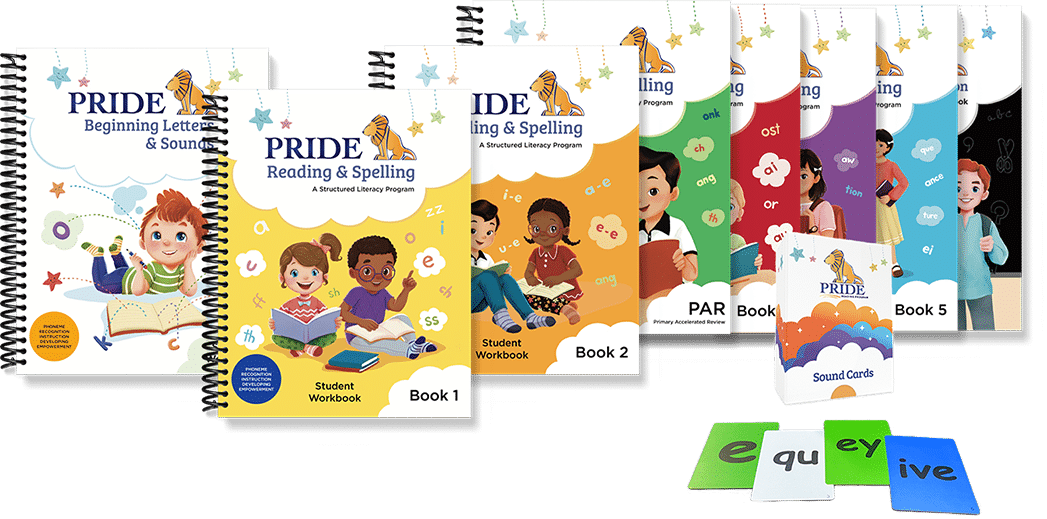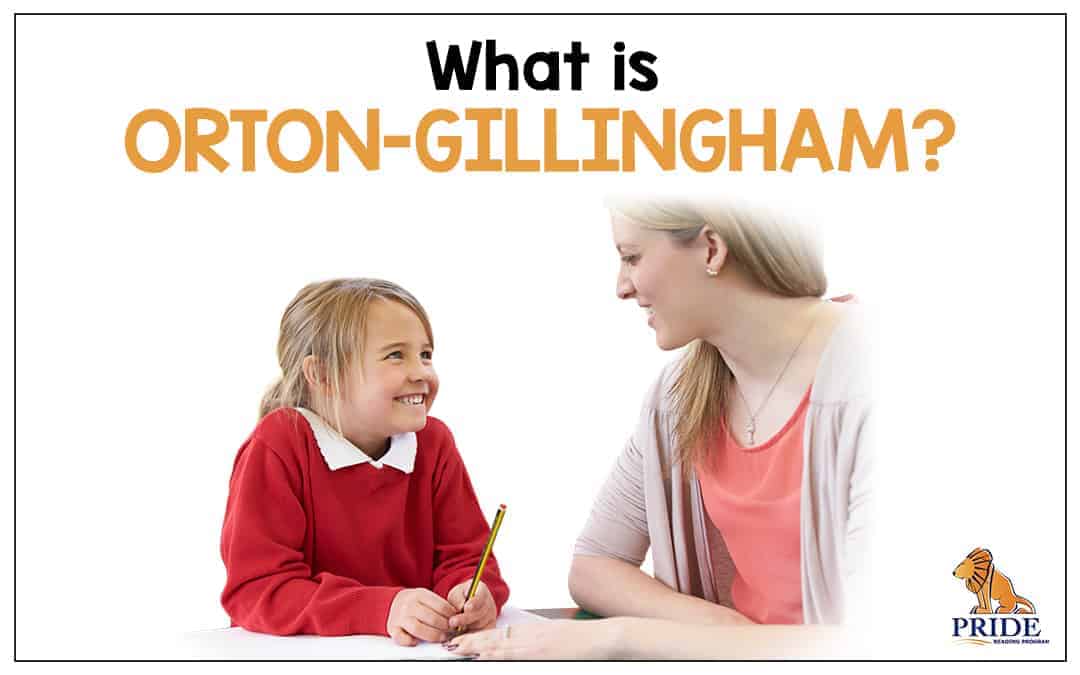Orton-Gillingham is a structured literacy approach used to teach students that are struggling with reading, writing, spelling, and comprehension. Although this approach will work with all students, it is especially beneficial for students with dyslexia, auditory processing disorder, speech and language deficits, and other learning differences. Orton-Gillingham is often used in one-on-one tutoring, in small group instruction, and even in the mainstream classroom.
Here is a detailed guide on the Orton-Gillingham approach. Included is information about where it came from, how it is taught, and how you can use this method with your students.
Who Were Orton and Gillingham?
The Orton-Gillingham approach is named after two influential individuals in the field of dyslexia, Dr. Samuel Orton and Anna Gillingham.
Over a century ago, a neuropsychiatrist by the name of Dr. Samuel Orton spent a lot of time researching children with language processing disorders. He became very determined to help these children.
An amazing teacher and psychologist named Anna Gillingham also became very determined to help her students learn to read. She was one of the first teachers to use multisensory strategies with her students and she saw huge improvements by doing this.
Together, Dr. Samuel Orton and Anna Gillingham came up with the Orton-Gillingham approach. This method of teaching students was a gigantic contribution to the advancement of literacy skills!

What is Orton-Gillingham?
Orton-Gillingham is a structured literacy approach that helps children with reading difficulties due to dyslexia, auditory processing, speech deficits, and other learning differences. Orton-Gillingham is considered an evidence-based reading instruction for dyslexia and is meant as a 1:1 or small group reading intervention instruction.

The Principles of the Orton-Gillingham Approach
Structured
Every lesson in Orton-Gillingham is organized around a consistent set of strategies, activities, and patterns. The student always knows what to expect throughout each lesson.
Students easily transition from activity to activity since they are familiar with the routine and this creates an anxiety free environment for both the student and the teacher.
Sequential
Each skill is taught in a logical order or sequence. The student starts out learning simple word patterns (CVC) and then progresses gradually step by step to more difficult and complex ideas including vowel patterns, multisyllabic words, spelling rules, affixes, and morphemes.
Because all the teaching skills are taught from the ground up, the student will never have any reading or spelling gaps in Orton-Gillingham.
You can see a sample Scope and Sequence >HERE<
Cumulative
Each Orton-Gillingham lesson builds upon itself. The student is taught a skill and doesn’t progress to the next skill until the current lesson is mastered. As students learn new material, they continue to review old material until it is stored in the student’s long term memory.
Explicit
The teacher is at the center of instruction in an Orton-Gillingham lesson. The instructor teaches the student exactly what they need and never assumes or guesses what the student already knows. Orton-Gillingham uses a lot of continuous student-teacher interaction in each lesson.
Multisensory
In an Orton-Gillingham lesson, the teacher uses the student’s sensory pathways: auditory, visual, and tactile.
When learning the vowel ‘a’ for example, the student might first look at a picture of an APPLE, then close their eyes and listen to the sound, then trace the letter in the air while speaking aloud. This combination of listening, looking, and moving around creates a lasting impression for the student.
Systematic Phonics
Orton-Gillingham includes systematic phonics, beginning with the alphabetic principles in the initial stages of reading development and advancing to more complex principles as the students progress. Students learn that words are made up of individual speech sounds, and the letters of written words graphically represent each of these speech sounds.
Show Me An Orton-Gillingham Lesson!
The Orton-Gillingham teacher uses modeling, student interaction, and feedback when delivering an Orton-Gillingham lesson using a clear scope and sequence. Reading, writing, and spelling instruction are integrated within each Orton-Gillingham lesson.
A Sample Lesson Plan Outline:
- Visual drill (phonogram cards)
- Auditory drill (dictate phonograms)
- Sound blending (reading words)
- Review previously taught skills
- Introduce a new phonogram/concept/rule/syllable instruction
- Spelling work
- Sentence work
- Oral reading with decodable and controlled text
Using the set scope and sequence, the instructor will plan the next lesson based on how the student performed in the current lesson.
Here is a sample Orton-Gillingham lesson for you to view. Keep in mind it is only a very short section to give you an idea, it is not the entire lesson.
For more information on what happens step-by-step in an Orton-Gillingham lesson with pictures and examples, please feel free to read my previous posts titled:
An Orton-Gillingham Program For You:
Please don’t leave without checking out the PRIDE Reading Program. The PRIDE Reading Program is an Orton-Gillingham curriculum that is used by teachers, tutors, and homeschooling parents worldwide with great success.


Karina Richland, M.A., is the author of the PRIDE Reading Program, a multisensory Orton-Gillingham reading, writing, and comprehension curriculum that is available worldwide for parents, tutors, teachers, and homeschoolers of struggling readers. Karina has an extensive background in working with students of all ages and various learning modalities. She has spent many years researching learning differences and differentiated teaching practices. You can reach her by email at info@pridereadingprogram.com or visit the website at www.pridereadingprogram.com

